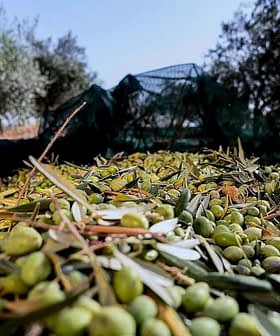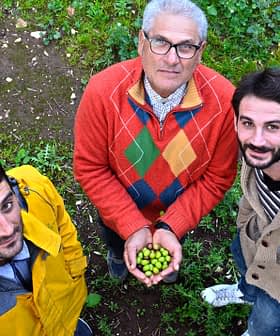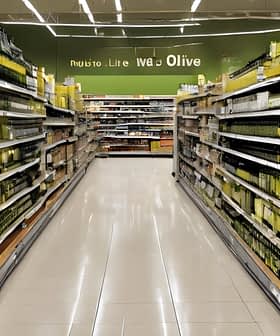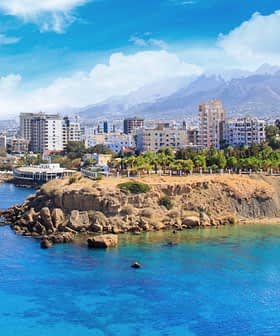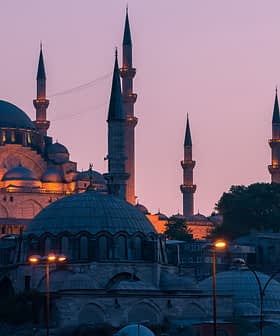
The world’s most expensive spice, saffron, shows promise as an income boost for the olive oil producers of Les Garrigues, in the province of Lerida in western Catalonia.
With prices for ‘liquid gold’ at low levels and those for the ‘red gold’ lucrative, last year 28 olive oil producers planted saffron bulbs in the district, about 100 miles inland from Barcelona.
They were inspired by the experience of two saffron ‘pioneers’ who started commercial production of saffron there about five years ago — now operating under the business name Naturges Ponent — and this year at least a further 20 are expected to join them.
According to Enric Dalmau, president of the Cooperative of Cervià de les Garrigues, many more are on a waiting list for the bulbs, which come from Castilla-La-Mancha, in the center of Spain, a region famed for the quality of its saffron.
A kilo of saffron sells for more than $8,000
Spanish exporters currently pay about €3,000 – 3,500 ($4,08 – 4,760) a kilo to buy saffron in bulk, but sold packaged to shops it fetches €6,000 – 8,000 ($8,160 – 10,900) a kilo, Dalmau said.
Naturges Ponent sells 1g jars for €7.50 ($10).
However it takes about 150,000 flowers to make 1 kilogram of the spice and in 2013 the farmers produced only about 3 kilogram of it.
“But we’re just starting,” said Dalmau. “In 2 – 3 years we expect to have a significant level of production.”
“We’ve done the numbers and it seems profitable.”
Olive oil cooperative to serve as umbrella for Spain’s first saffron cooperative
About 2,000 kilogram of saffron bulbs were planted last year, over just over a hectare in total, and if all goes well 6,000 kilograms more will be planted this year over three more hectares.
Most were planted apart, but some farmers placed bulbs among their almond trees and a few did so among their olive trees. It is too soon to compare the results as they will take at least a year to flower.
Dalmau said producers were forming what would be Spain’s first saffron cooperative, which would run alongside the region’s existing olive oil cooperative.
“Our idea is to establish the Les Garrigues brand and sell all our production packaged rather than in bulk.”
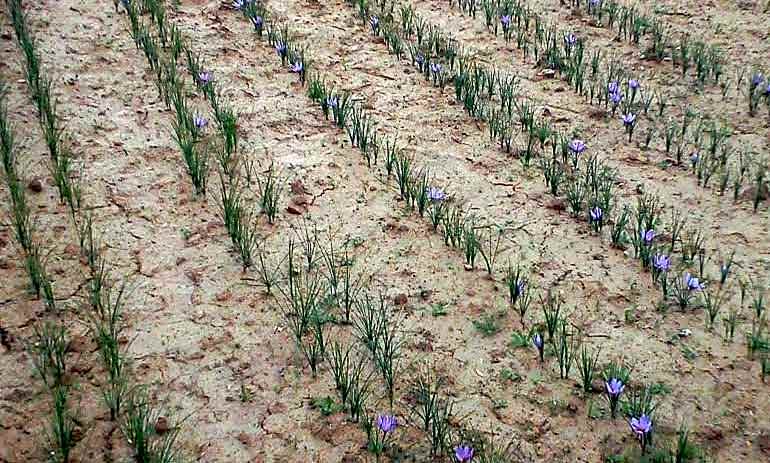
Saffron harvest stops just before olive harvest starts
“In this zone in the middle ages, everyone had saffron. I don’t know why they stopped but it used to be cultivated throughout the district,” he said.
“We’ve found that saffron adapts very well to the climate and terrain here and what we are producing is of very high quality.”
The timing of the flower picking fits in perfectly, coming after the almond harvest finishes and before the olive season starts.
“The harvest lasts for three weeks in October and every day you have to pick the flowers very early in the morning and in the afternoon extract the stigmas from the crocus.
“There are three weeks that are very intense but it’s easy to maintain during the year, Dalmau said.
“It is the world’s most expensive spice for one reason, because you can’t mechanize production, it’s all by hand, and very laborious.”
Saffron popular for baked and pastry goods
Spain exports a lot of its saffron but there is also significant domestic demand. Paella is one of the most famous dishes requiring it but Dalmau said one of the biggest local uses for saffron is in pastry and other baked goods, and desserts, such as meringues. There is also a saffron gin he recommends.
Olive oil prices down, production up
Ex-mill prices for olive oil, meanwhile, are falling. According to the POOLred price observatory, the average for the week to January 5 was under €1.91/kg.
That was lower than the lowest weekly average for 2013, which was €1.92/kg, in late December, and well under the €2.25/kg the Spanish Association of Municipalities of the Olive Tree (AEMO) says is the average cost of production.
But on the positive side, after two drought-blighted ones, this olive season is looking much better for Les Garrigues.
Dalmau said the harvest is over the half-way mark and both the amount and quality of olive oil — all of it arbequina — are so far very good.
Many of the new season oils — and some local saffron as well — will be presented at the Extra Virgin Olive Oil Exhibition being held January 17 – 19 in the town of Les Borges Blanques, the capital of the Les Garrigues district.

